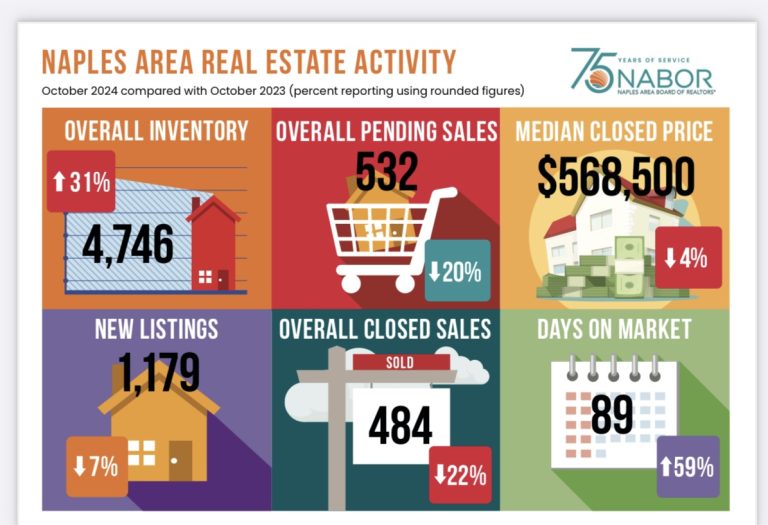Homestead portability is a significant feature of property tax laws that provides homeowners with the ability to transfer their homestead exemption benefits when they relocate within a state. This concept is particularly prevalent in states like Florida, where it was established to encourage mobility among homeowners while protecting them from steep property tax increases.
At its core, homestead portability allows homeowners to carry over their accumulated tax benefits from their previous homestead to their new property. This transfer is crucial for individuals or families looking to downsize, move closer to work, or relocate for other personal reasons without facing an overwhelming increase in property taxes. When a homeowner sells their property and purchases a new one, they can transfer a portion of the “Save Our Homes” benefit—an assessed value cap that limits annual increases in property taxes. This cap allows homeowners to maintain a lower tax burden even in a new home, which is especially important as property values rise.
The process of transferring homestead portability typically requires homeowners to apply for the benefit in their new county of residence. They must provide documentation, including proof of the previous homestead exemption and the sale of the former property. It’s essential to adhere to specific deadlines and requirements set by the local property appraiser’s office to ensure a smooth transition.
In summary, homestead portability serves as a valuable tool for homeowners, promoting flexibility and financial relief in an ever-changing real estate landscape. By enabling the transfer of tax benefits, it encourages mobility and sustains a sense of stability for families navigating the complexities of homeownership. Understanding this process can empower homeowners to make informed decisions when relocating, ultimately enhancing their overall financial well-being



